
It all began with a geometrical sketch on a white board.
Imagine if you had an octogonal tunnel covered in data. Musical data. Represented over time and space. The player controls a futuristic cyber ship floating through a three-dimensional wireframe. Notes representing particular sounds from a song are represented across multiple tracks in gems. Beatmatching along these tracks and blasting away the gems releases these sounds, allowing the player to weave in various elements of the song and make music.
This would eventually become what we now know as FreQuency, the 2001 rhythm-action title released on PlayStation 2.
FreQuency made strides in innovation with its addictive, fast-paced, and undoubtedly challenging beatmatching gameplay (both single and multiplayer). FreQuency was also one of the first games to support the PS2 Network Adapter.
Though a title loved by fans, FreQuency didn’t quite sell.
“When FreQuency shipped we thought it was going to be huge,” said Greg LoPiccolo, Chief Creative Officer at Harmonix. “There were a whole set of things we didn’t understand, as this was one of our first major commercial products. We thought we could introduce an innovative title and immediately be successful. We were humbled by reality.”
Despite lower-than-expected sales figures, Harmonix had the opportunity to work on FreQuency’s successor, Amplitude. This was the team’s chance to take lessons learned from the original title and make an even better game.
One thing the team wanted to address from the start was how to create a better multiplayer experience in a world of dial-up internet, latency, and the space limitations imposed by 4:3 aspect ratios.
“FreQuency had split-screen multiplayer to accommodate the octagonal shape,” said Eran Egozy, Harmonix co-founder and CTO. “We wanted players to feel like they were playing along these tracks together, at which point we decided to move away from the FreQuency tunnel.”
With the increased power of their internal engine, the development team also had the opportunity to improve visuals in Amplitude, to add features like a checkpoint system, and to bring in even more licensed music. To create a finely tuned gameplay experience driven by individual instruments, music labels and artists gave Harmonix access to musical “stems” for each track. In the world of video games, this was unprecedented.
This would eventually be known as “Amplitude”
“Stems are the most precious asset that a band has,” Egozy said. “It was awesome that they let us have access to them. Even with Guitar Hero, we’d mostly worked with re-records and sound-alikes, and it wasn’t until Rock Band that we really got back into working with original masters again.”
Amplitude launched in 2003 on the PlayStation 2 and was a critical darling. After launch, Harmonix moved on to other projects such as Karaoke Revolution, and revisited the PlayStation platform with our first foray into motion gaming – EyeToy: AntiGrav – before pioneering the rock simulation boom with Guitar Hero and Rock Band.
“I think the basic thing which we’ve been running with ever since FreQuency and Amplitude was to make you the musician,” said LoPiccolo.
“We wanted to give you some creative agency in FreQuency and Amplitude. Musical outcome was dependent on split-second decision-making, but always sounded good. The basic music game design was probably the most sophisticated thing we’ve ever done at Harmonix, and laid the foundation for many of our projects going forward.”
Even though the team moved on to new music gaming experiences, fans for years have asked – and in some cases outright demanded – that we develop a new Amplitude for current consoles. Harmonix is currently nearing the end of a Kickstarter campaign to do just that.
We want to create a reboot of Amplitude for PS4 and PS3, but we need your help. Please visit our Kickstarter campaign for additional details, and thank you for your support!



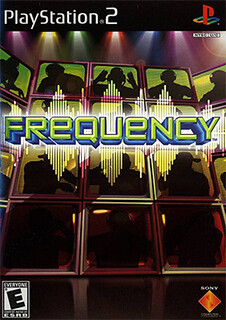
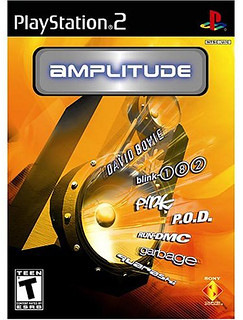
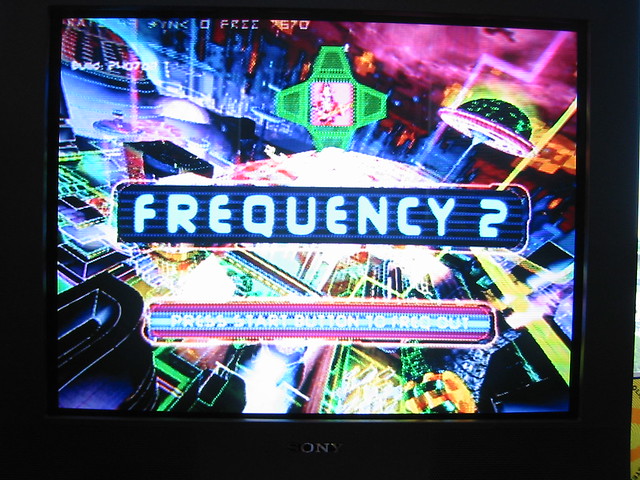
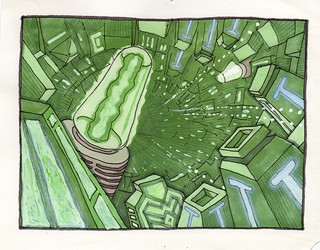
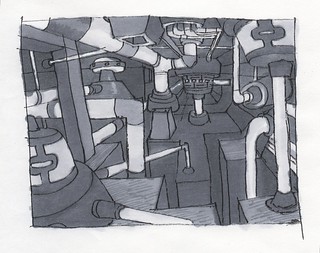

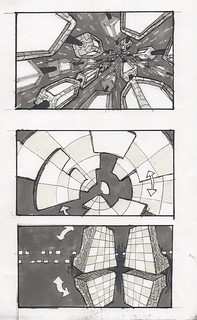








Comments are closed.
50 Comments
Loading More Comments